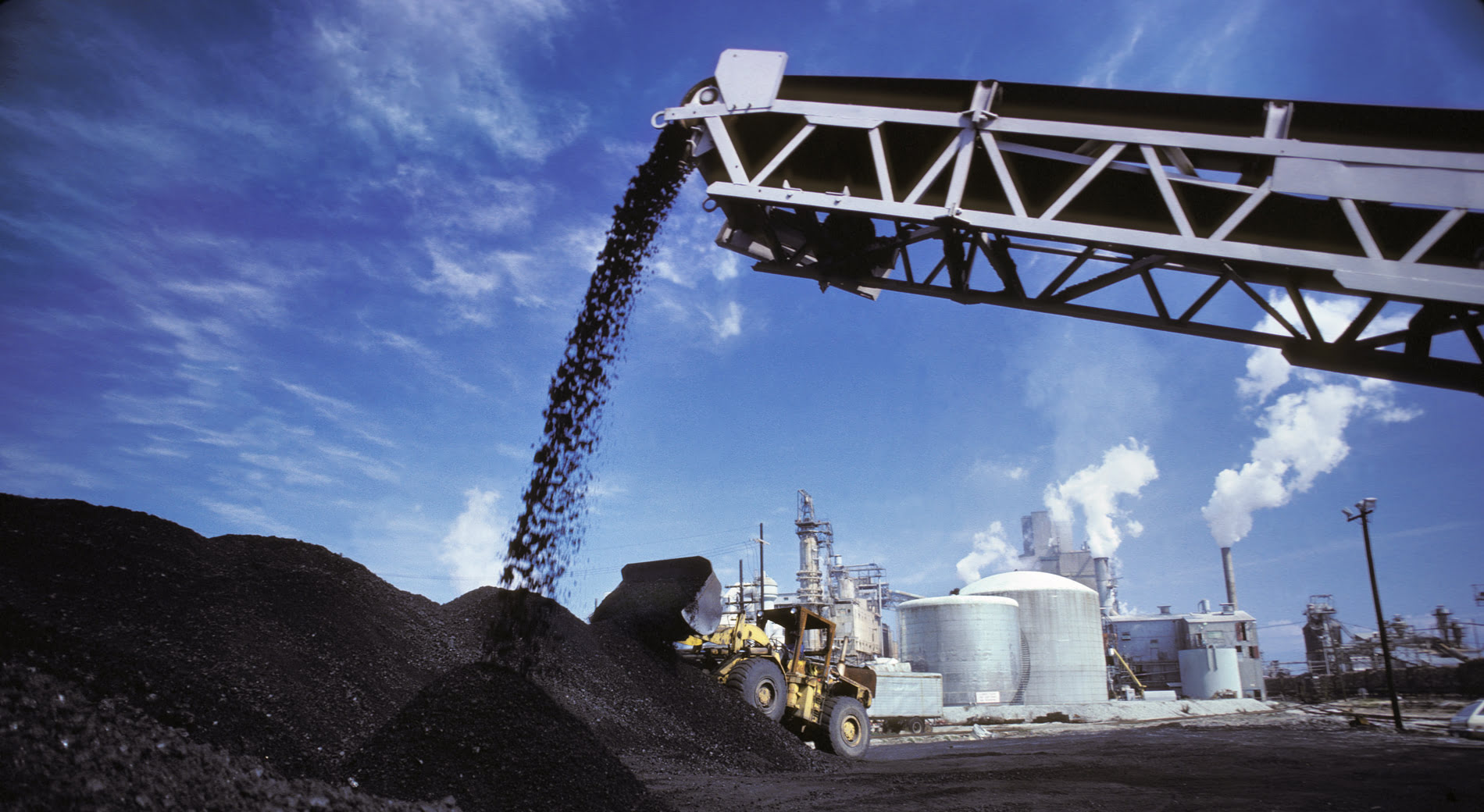Notice 2023-29 was generally welcomed news to the renewable energy industry as it provided significant clarify about how to determine if a project is sited in an “energy community.” Such a determination is important because energy community projects qualify for ten percentage points greater investment tax credit or a ten percent greater production credit. Our article about the notice is available here.
On April 4, 2023, the IRS published an advance version of Notice 2023-29, on its website. The IRS on April 10, 2023 published an updated version of Notice 2023-29. The IRS did not highlight the fact it made a change. Here’s a “redline” that we generated to show the difference.
We foreshadowed the potential for this change in our article: “There is a question whether the [special rule] applies to projects that were already under construction on [January 1, 2023]. A Treasury source said the intention was to allow the [special rule] only for projects that start construction in the future. It is unclear whether the government will issue a correction.”
The Special Rule
The special rule in Section 4.01(2) in Notice 2023-29 provides that if the site a project was to be constructed in qualified as being in an energy community in the year when construction began that the site will be deemed to be in an energy community for the duration of the production tax credit period (i.e., the ten years the production credit is available) or on the placed in service date for the investment tax credit.
The special rule is effectively only relevant to projects trying to qualify as being sited in an energy community based on the statistical area having (i) .17 percent or greater fossil employment in a any year after 2009 and (ii) an unemployment rate no less than the national average for the “previous year.” Unlike the fossil fuel employment prong of the definition, the unemployment prong is not static: there may have been above average unemployment in 2010, but the unemployment prong must be satisfied in the previous year applicable to the project’s tax credit year.
Without the special rule, the ability of the unemployment metric to fluctuate is a critical risk to production tax credit projects seeking to qualify under the fossil fuel employment category because the ten percent adder for each of the ten years of the production tax credit period is dependent on satisfying this test for the particular year (e.g., a production tax credit project may qualify for the adder in 2025 and not 2026 based on a change in unemployment).
Two Bites at the Apple
Projects that qualify for the special rule get two bites at the apple to meet the unemployment requirement. For instance, a project begins construction in 2023; its statistical area had .17 percent fossil fuel employment in 2017 (i.e., a year after 2009); its statistical area had below average unemployment in 2022 (i.e., the special rule does not help it); the project is then placed in service in 2024 and claims the investment tax credit; if the statistical area does have average or greater unemployment in 2023, then it qualifies for the energy community adder (even though it did not qualify under the special rule).
The second bite at the apple is less beneficial for production tax credit projects. Using the example in the prior paragraph to qualify for the adder for each of the ten years of the production tax credit period, the statistical area would have to have average or greater unemployment in 2023 through 2033.
The Special Rule Only Matters to the Fossil Fuel Employment Category
The special rule does not matter for the energy community categories other than the fossil fuel employment category because for the other categories a project merely needs to be (i) sited on a brownfield under CERCLA, or in census tract or an adjoining census tract with (ii) a coal mine that closed after 1999 or (iii) a coal-fired power plant that closed after 2009 (i.e., when a developer selects the site, the developer can be confident of the sites status without regard to changes in unemployment).
In theory, the special rule is also important for the energy community category for statistical areas with 25 percent or greater local tax revenue from the fossil fuel industry in any year after 2009 because such statistical areas must have an unemployment rate not less than the national average. However, neither Treasury nor anyone else knows how to determine the local tax revenue sources for a statistical area, so the local tax revenue category is effectively written out of the tax code.
The IRS’s Correction to the Special Rule
The correction quietly released on April 10 provides that the special rule only applies to projects “that begin[] construction … on or after January 1, 2023.” This creates complexity for projects that began construction before January 1, 2023. Many projects began construction before January 1, 2023 in order to avoid compliance with the prevailing wage and apprentice rules that apply to projects that (i) have a capacity of one megawatt (a/c) or greater and (ii) begin construction after January 28, 2023 (i.e., 60-days after the IRS published the wage and apprentice guidance).
The consequence of this change is that if a project began construction before 2023, so that it is outside of the special rule, it must meet the unemployment test for the year prior to the placed in service year for the investment tax credit (or for the production tax credit the year prior to each applicable credit year). This makes it difficult for developers to be confident in a site’s energy community status using the fossil fuel employment category until it is too late to select another site. For instance, a project is in a statistical area with .17 percent fossil fuel employment in 2018 (i.e., a year after 2009); the project began construction in 2022 (i.e., it does not qualify for the special rule) and is placed in service in 2024; then for the project to qualify for the energy community adder for the investment tax credit, the statistical area must meet the unemployment test for 2023 (i.e., the year before 2024 when the project is placed in service). A developer will not have certainty about that when the 2023 unemployment statistics are published by the Bureau of Labor Statistics in April of 2024 (i.e., the year the project is placed in service and it is too late to select another site).
Applying this example to a production tax credit project, due to the project being outside the special rule, the statistical area must meet the unemployment test for 2023 through 2034, but if it fails for a year it only loses the energy community adder for the particular following year (e.g., if the statistical area had below the national average unemployment only in 2025, then there is no energy community adder for the production tax credits earned in 2026).



